Best wireless keyboards in 2025 — top picks from our experts
The best wireless keyboards for school, work or gaming, based on our hands-on testing and expertise
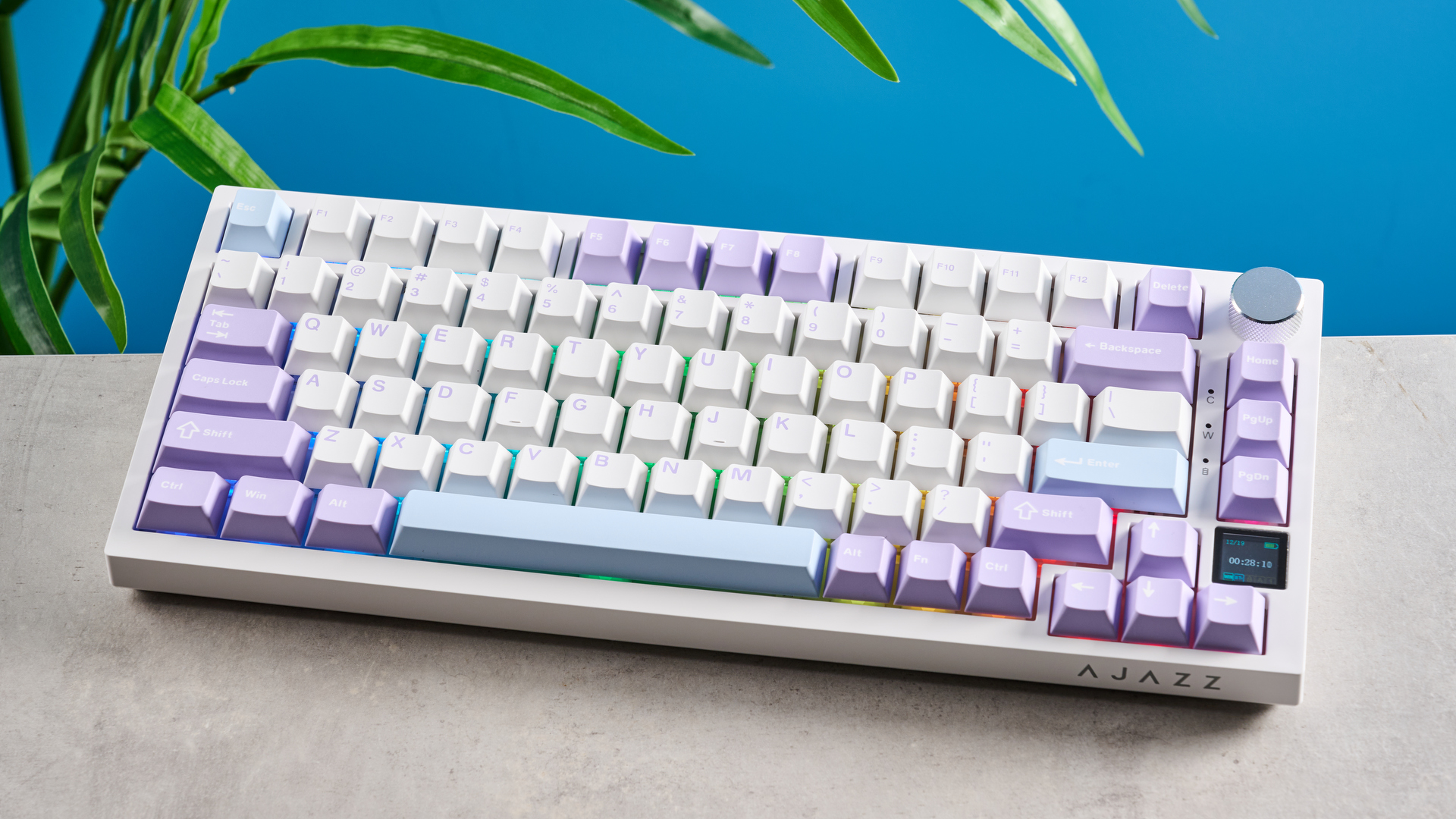
Tired of the mess of wires on your desk? That's where the best wireless keyboard come in, but they do a whole lot more than just clean up cables, as these decks offer an exemplary typing experience with features for both productivity and hardcore PC gaming.
With years of testing these wonderful PC peripherals under our belt, from experimenting with software, reprogramming keys, tweaking RGB lighting and seeing how each key press feels, our team of keyboard experts and I have whittled down the finest wireless keyboard on the market right now.
For the best typing experience and features in a wireless keyboard right now, check out the Cooler Master MK770. It's pleasant to type on with its Kailh Box V2 switches, is hot-swappable and even offers a pop of stylish colors for good measure. You don't have to spend much on an amazing 'board either, and the Epomaker Ajazz AK820 Pro is a fine example of that.
Whether you're typing for work, mashing keys when gaming or just need wonderfully sounding keys as your tap away, our list of the best wireless keyboards will steer you towards a deck worth getting.
The best wireless keyboards you can buy today
Why you can trust Tom's Guide
The Quick List
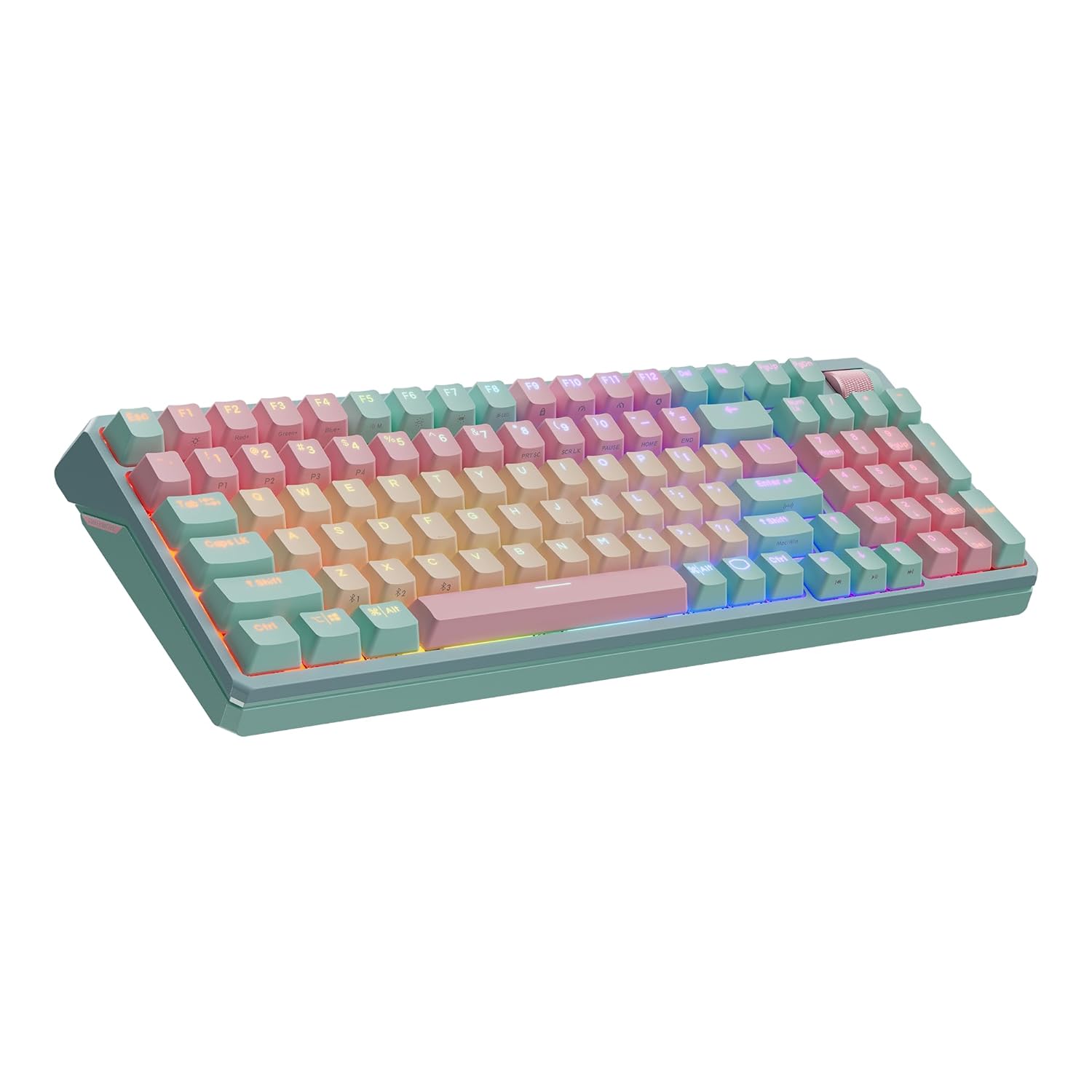
If you're looking for an all-around fantastic wireless keyboard, look no further than the Cooler Master MK770. The gasket-mounted design and Kailh Box V2 switches make for a pleasant typing experience. It's also hot-swappable, so you're free to mod it however you want.
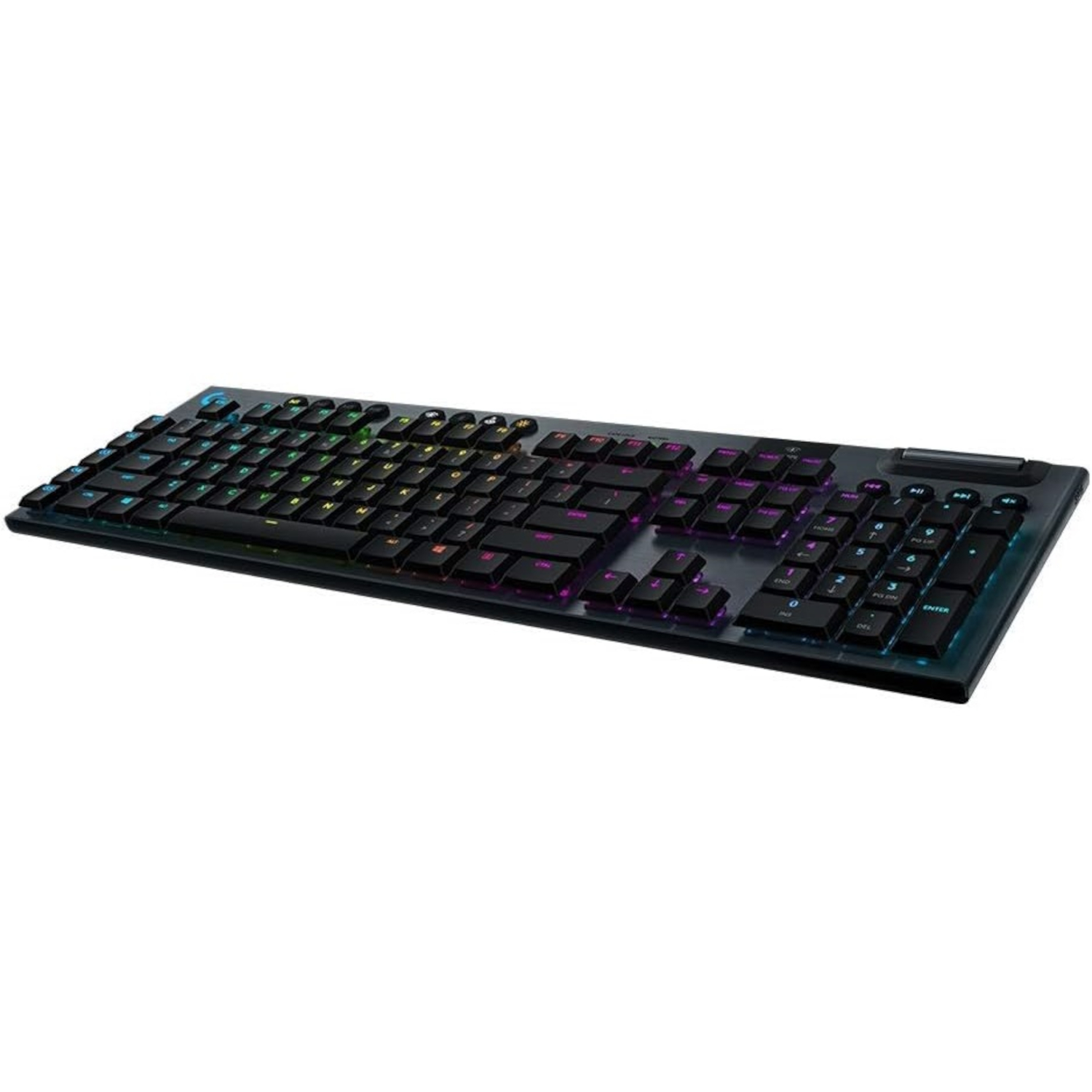
The G915 is an extra alluring, supremely thin gaming keyboard. It's also ultra-dependable, with nary a hint of lag or dropped signals. Its low-profile switches and full RGB lighting also ensures the G915 is both comfortable and visually appealing.
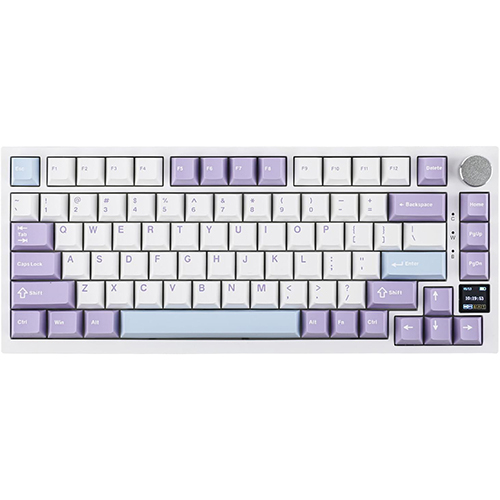
The Epomaker Ajazz AK820 Pro features a stylish, quality build, a smooth typing experience, remappable keys, customizable lighting and even a small screen to display useful information. Wait, all that for just under $70/£70? This is budget at its absolute finest.
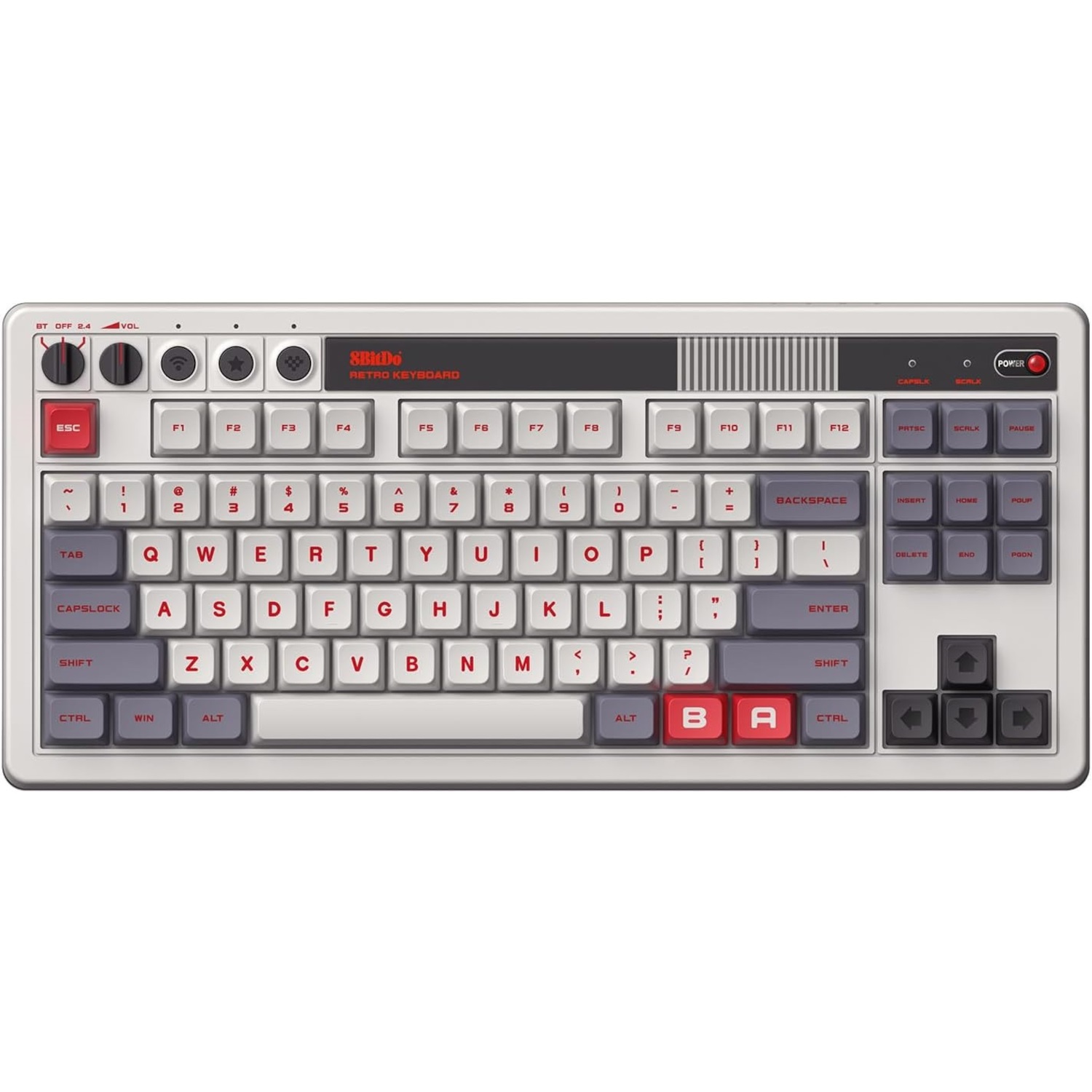
The 8BitDo Retro Mechanical Keyboard showcases that "retro" doesn't have to mean "stuck in the past." This is easily one of the best mechanical keyboards right now, with a great build quality, a smooth typing experience and good gaming performance. If you're a fan of that vintage aesthetic, this one's for you.
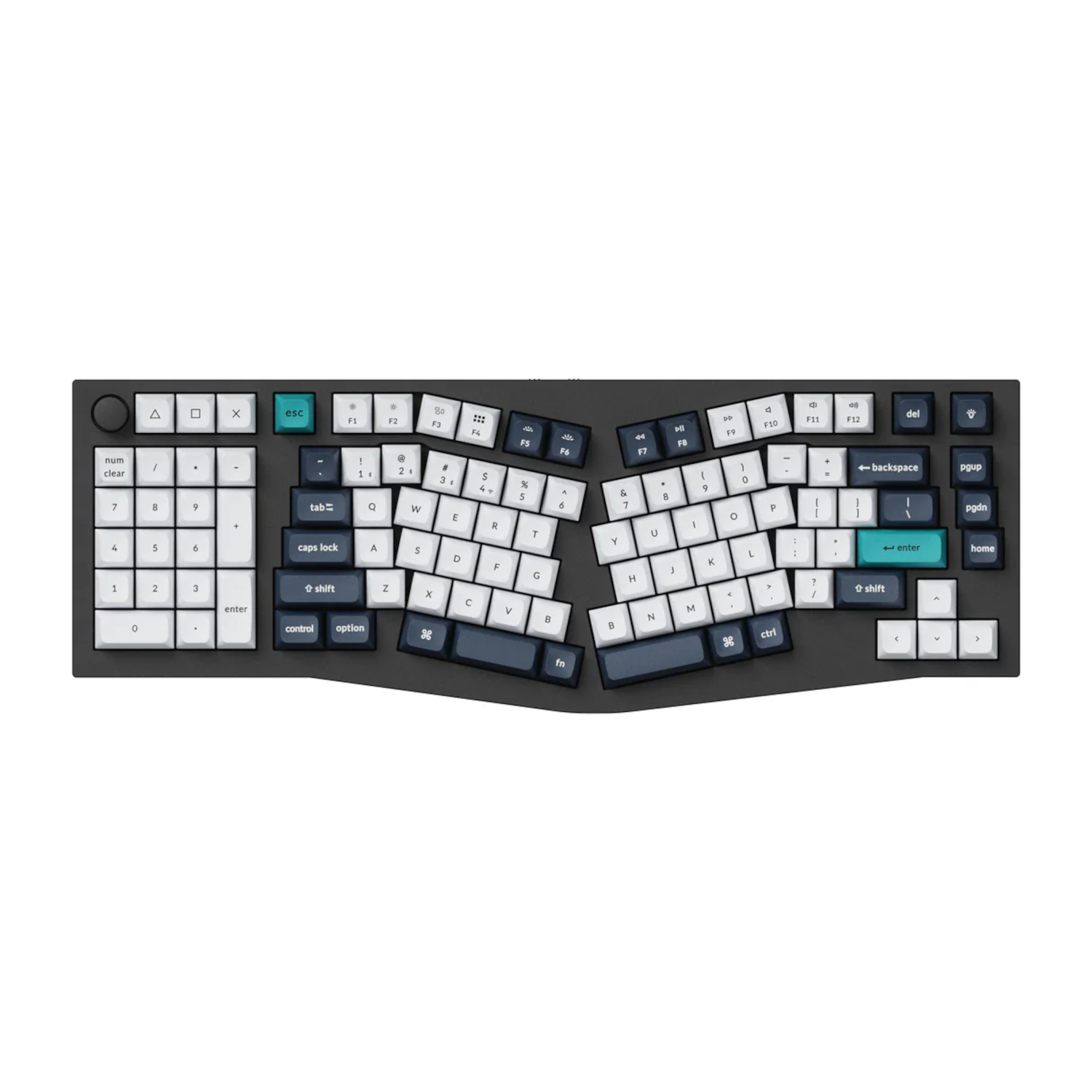
Give your wrists a rest with the Keychron Q14 Max, with its beautifully built ergonomic design that all writers will appreciate. It's pricey, but its premium construction, stellar typing experience and glorious RGB lighting make this a wireless keyboard to be admired.
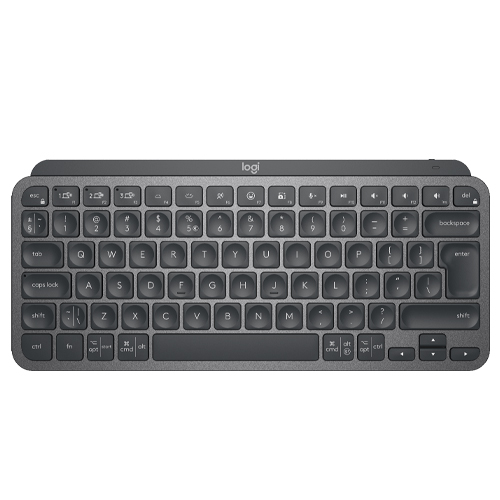
Talk about a productivity weapon. Logitech's MX Keys Mini is our favorite compact keyboard, and its 75% form factor means its doesn't hog up much desk space. Battery life impresses, typing feels epic, while we dig its dual-labeled keycaps.

Keyboards are the bread and butter of computing, and I've tested my fair share of them over the years — whether its a standalone deck or on laptops. Wireless keyboards are the ones I appreciate the most, and if they come with great battery life, multiple connectivity options and, of course, a brilliant typing experience, then even better.
The best wireless keyboard overall
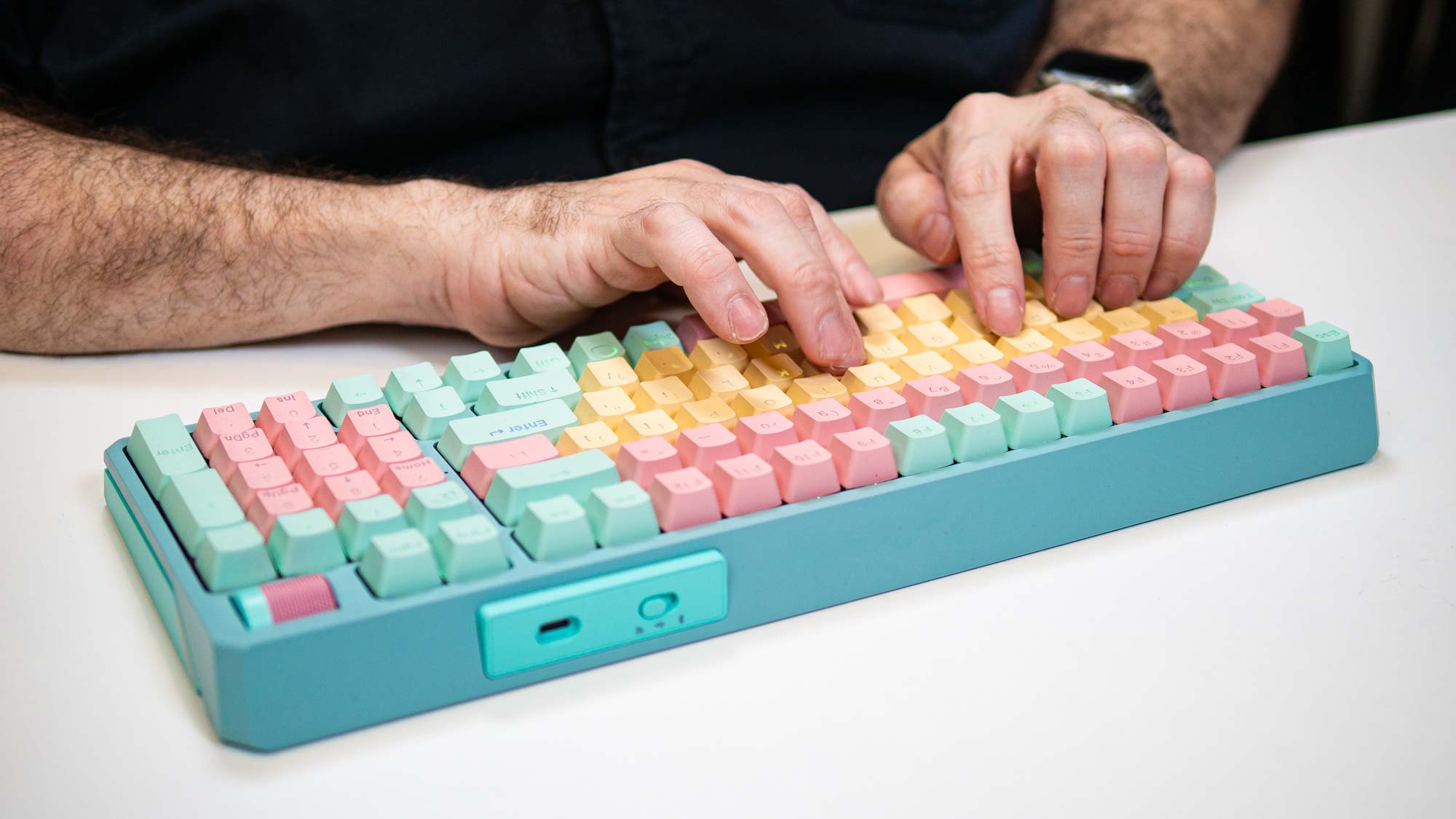
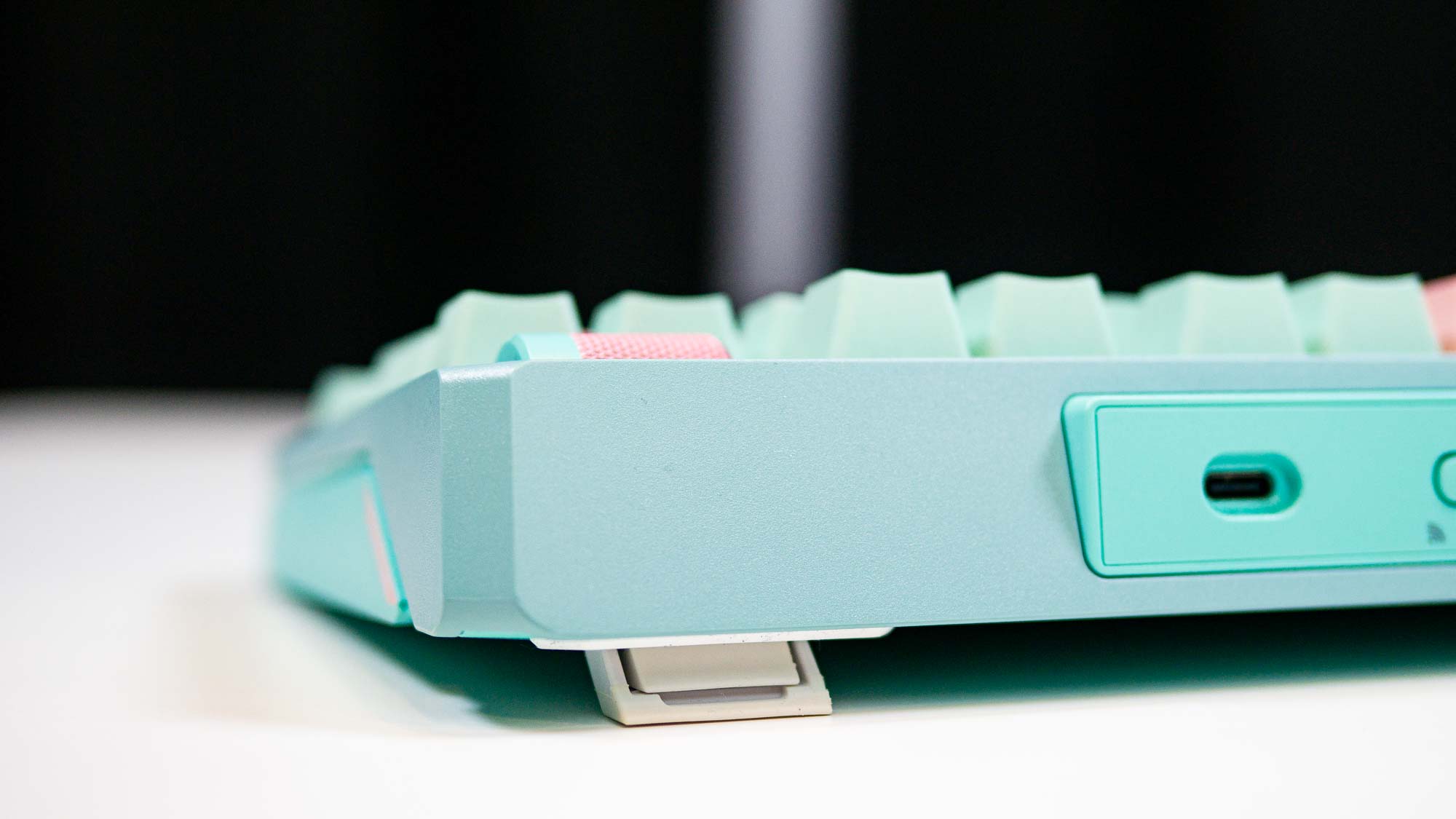
Specifications
Reasons to buy
Reasons to avoid
If you're looking for a wireless mechanical keyboard that puts comfort at the forefront then the Cooler Master MK770 is the wireless keyboard to get.
The gasket-mounted design and Kailh Box V2 switches are what help make typing on this keyboard such a delight. The design reduces vibrations and noise while the switches deliver smooth yet tactile keystrokes. And since this board is hot-swappable, you're free to mod it how you want, though the typing experience is great right out of the box.
We like the "Macaron" color option, which features pastel-like green, pink and yellow keycaps. The keyboard looks like it came right out of a candy store. It's a striking colorway, even for those who prefer black or gray devices. But if you want, you can get this board in a Space Gray option.
The only main negative we can lobby against the MK770 is that its MasterPlus software. It gives you the basics for customizing the RGB lighting and setting macros but the software can be too sluggish. Thankfully, you can mostly ignore MasterPlus.
Despite its disappointing software, the Cooler Master MK770 is a phenomenal mechanical keyboard that’s worth the $119 asking price.
Read our full Cooler Master MK770 review.
The best wireless gaming keyboard
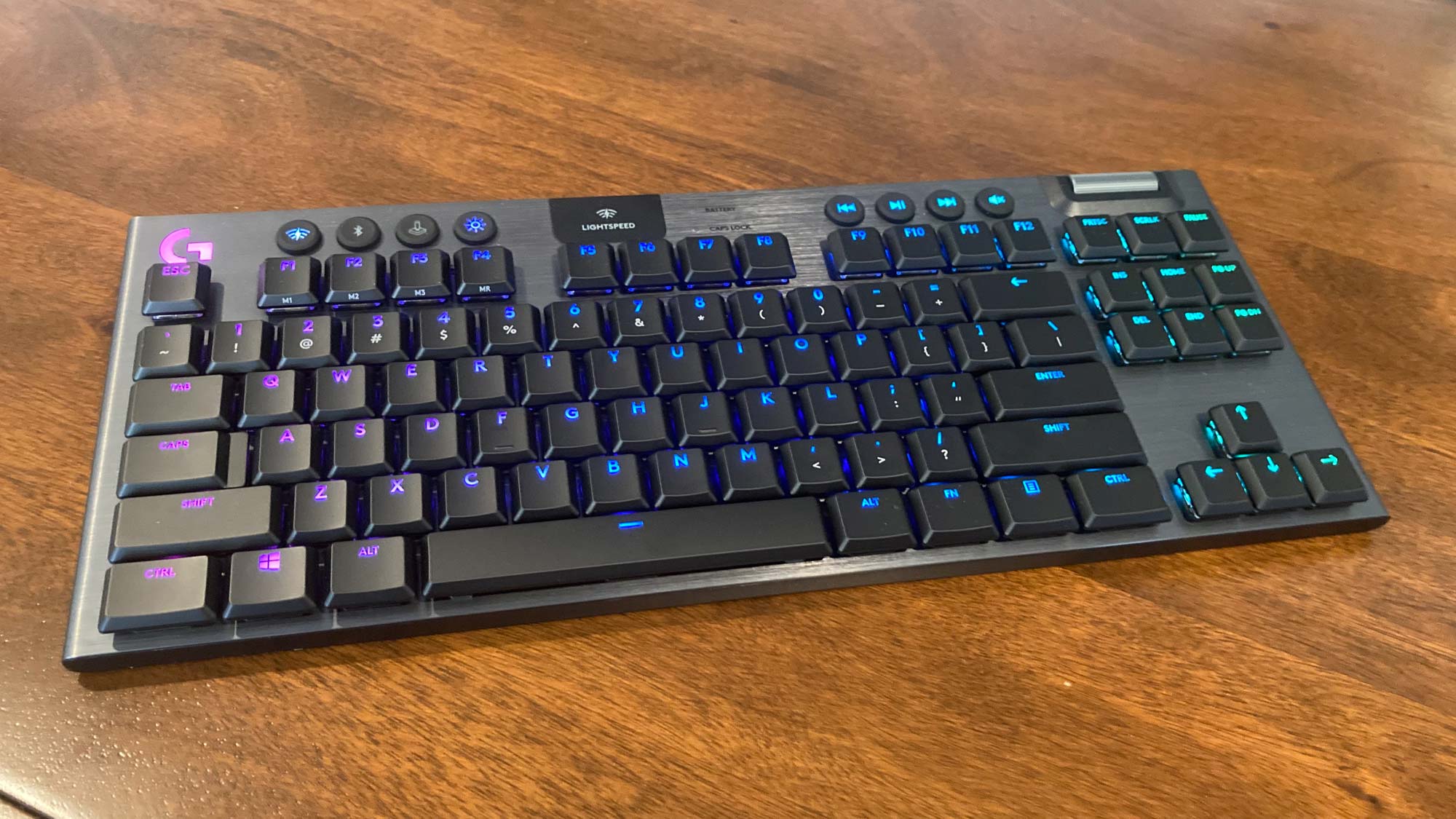
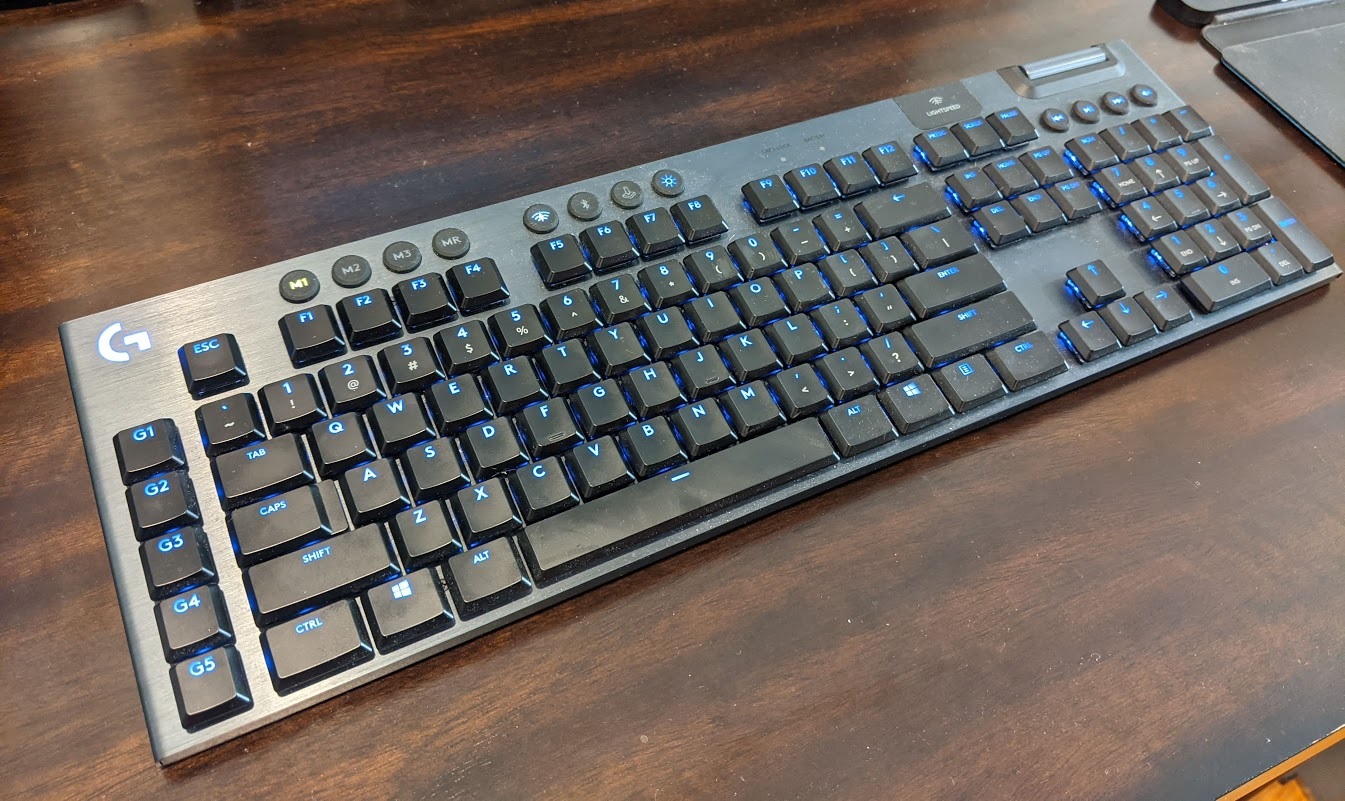
Specifications
Reasons to buy
Reasons to avoid
The Logitech G915 is both super-skinny and oh so easy on the eyes. It's also as dependable as any wired keyboard you're likely to find, meaning you don't have to fret over dropped signals or lag while typing. In action, it's as speedy and responsive as any wired alternative you'll find on the market.
Due to its RGB lighting and low-profile key switches, the G915 is both comfortable and striking to look at. The only downside to picking up this board? It costs a lot of cheddar cheese, meaning your bank balance is going to take quite the hit if you invest in one. Still, the remains a truly top-tier wireless gaming board that doesn't compromise on quality.
Read our full Logitech G915 review.
The best budget wireless keyboard
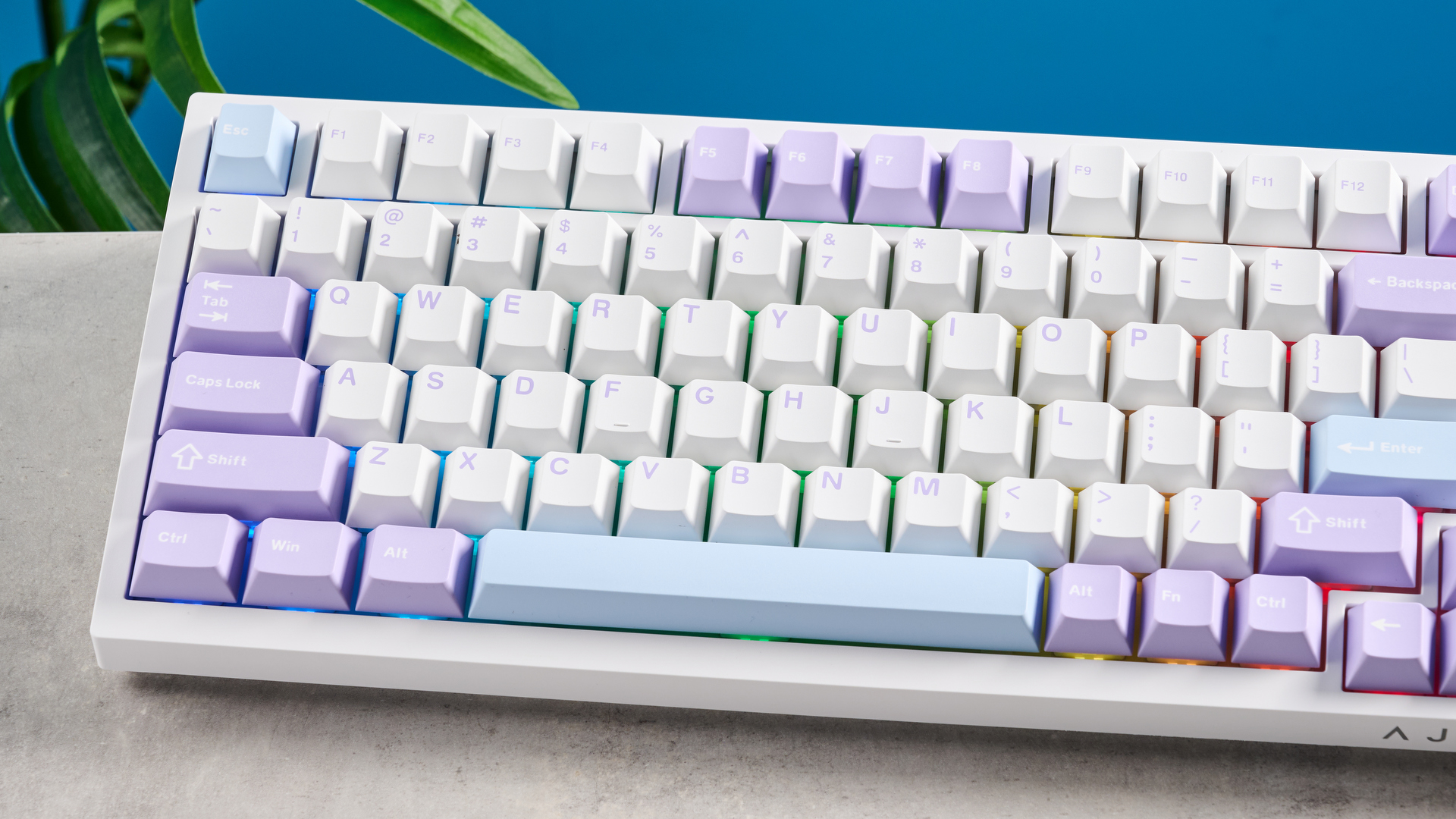
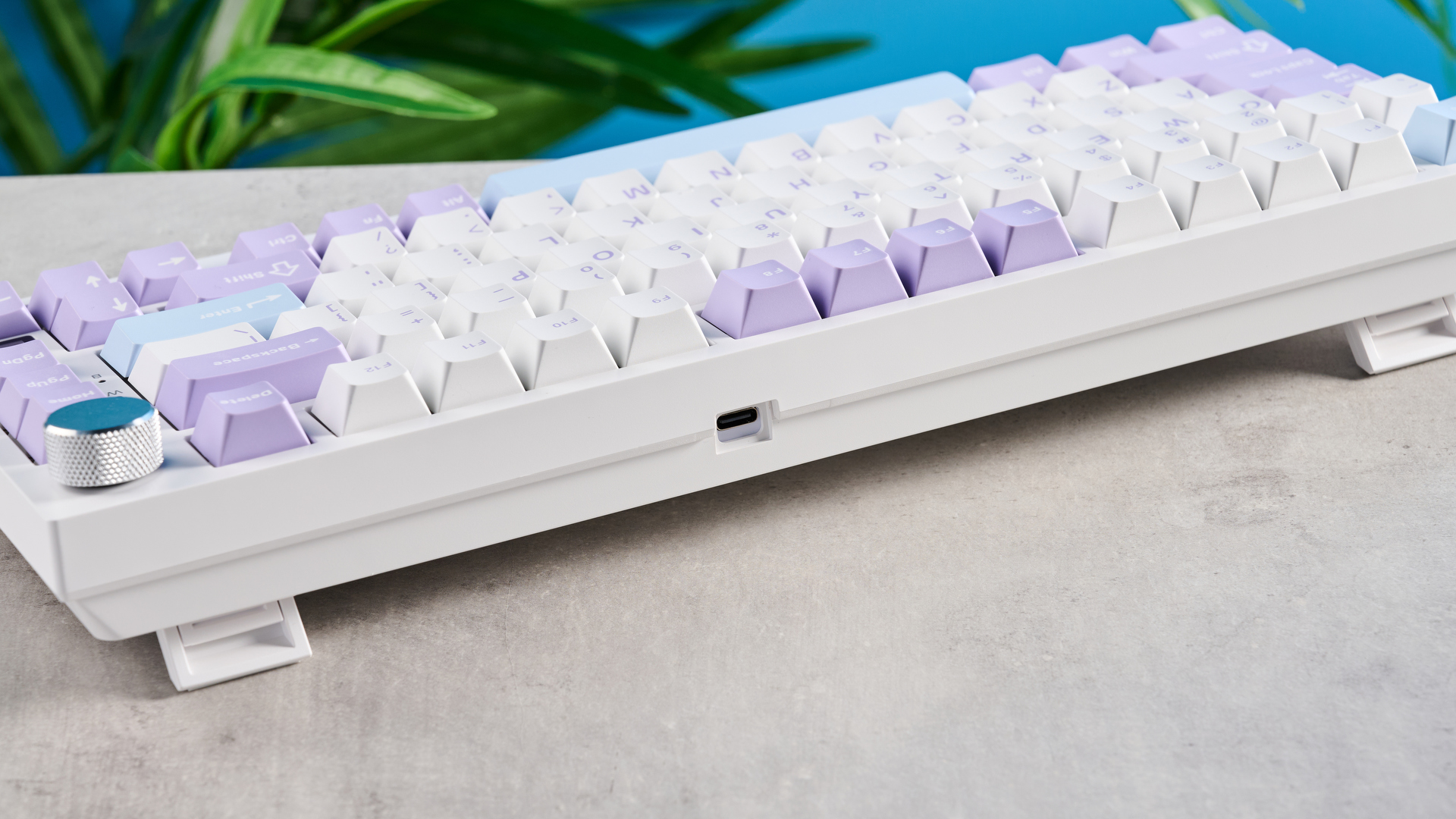
Specifications
Reasons to buy
Reasons to avoid
When it comes down to it, the Epomaker Ajazz AK820 Pro stands out in the mechanical keyboard world for one thing: packing premium features in an affordable keyboard. For just under $68/£68, you're getting smooth Ajazz Gift or Flying Fish linear mechanical switches, per-key RGB lighting, a sturdy build and even a little screen to show off how much battery is left.
That's a lot for a so-called "budget" wireless keyboard, but that's mainly due to its low price. Despite this, it feels fantastic to type on thanks to its highly responsive keys, which don't need too much pressure to register a command. It also performs extremely well thanks to its stellar build and double-shot PBT keycaps.
Most importantly, it’s comfortable to type on for long periods of time, and its handy TFT screen lets you know when it needs to be plugged in for charging. Plus, RGB lighting is fully customizable via the user-friendly software.
We wish the screen could have been more useful, but regardless, for under $70/£70, the Epomaker Ajazz AK820 Pro offers value like no other.
Read our full Epomaker Ajazz AK820 Pro.
The best mechanical wireless keyboard
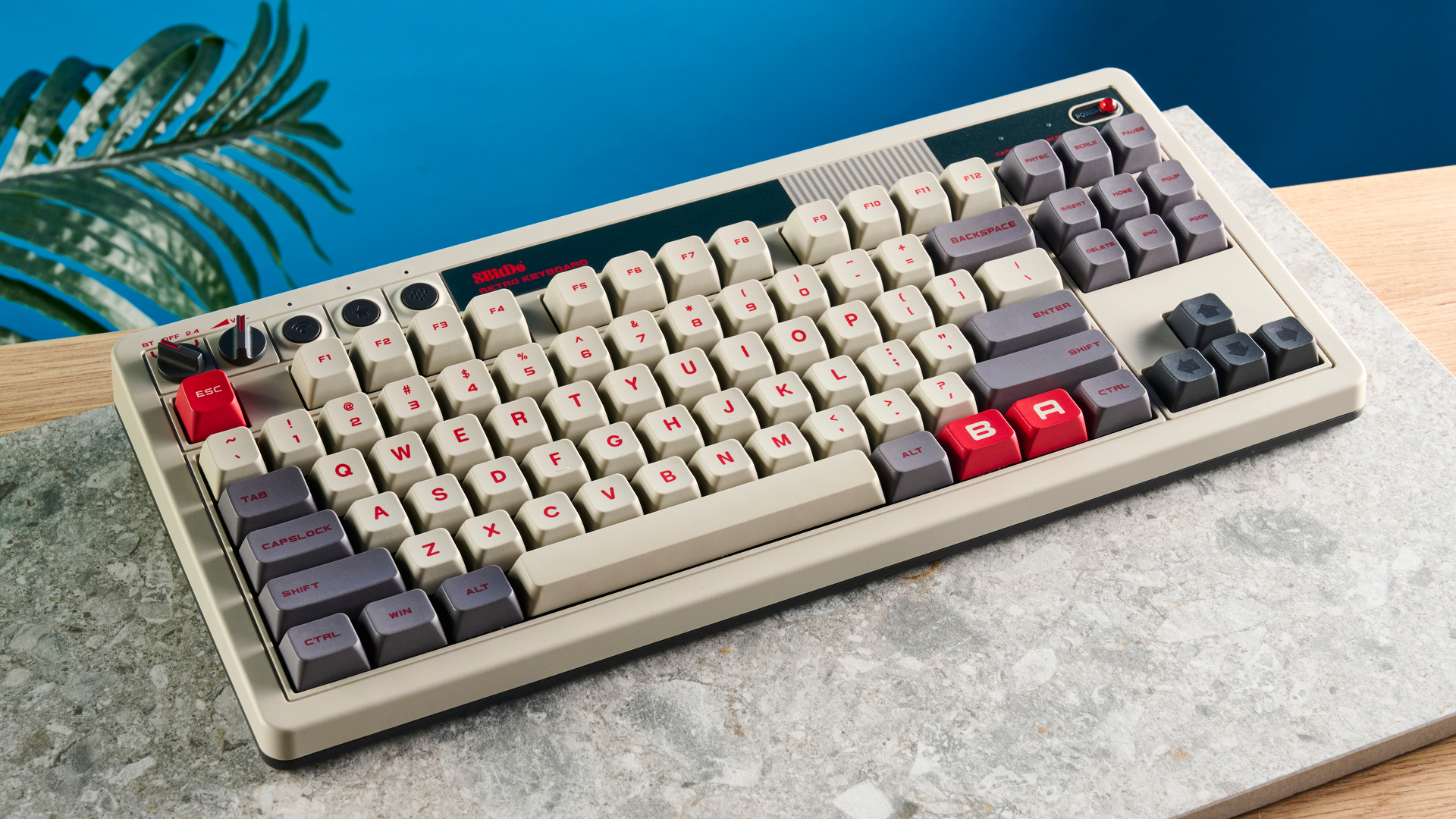
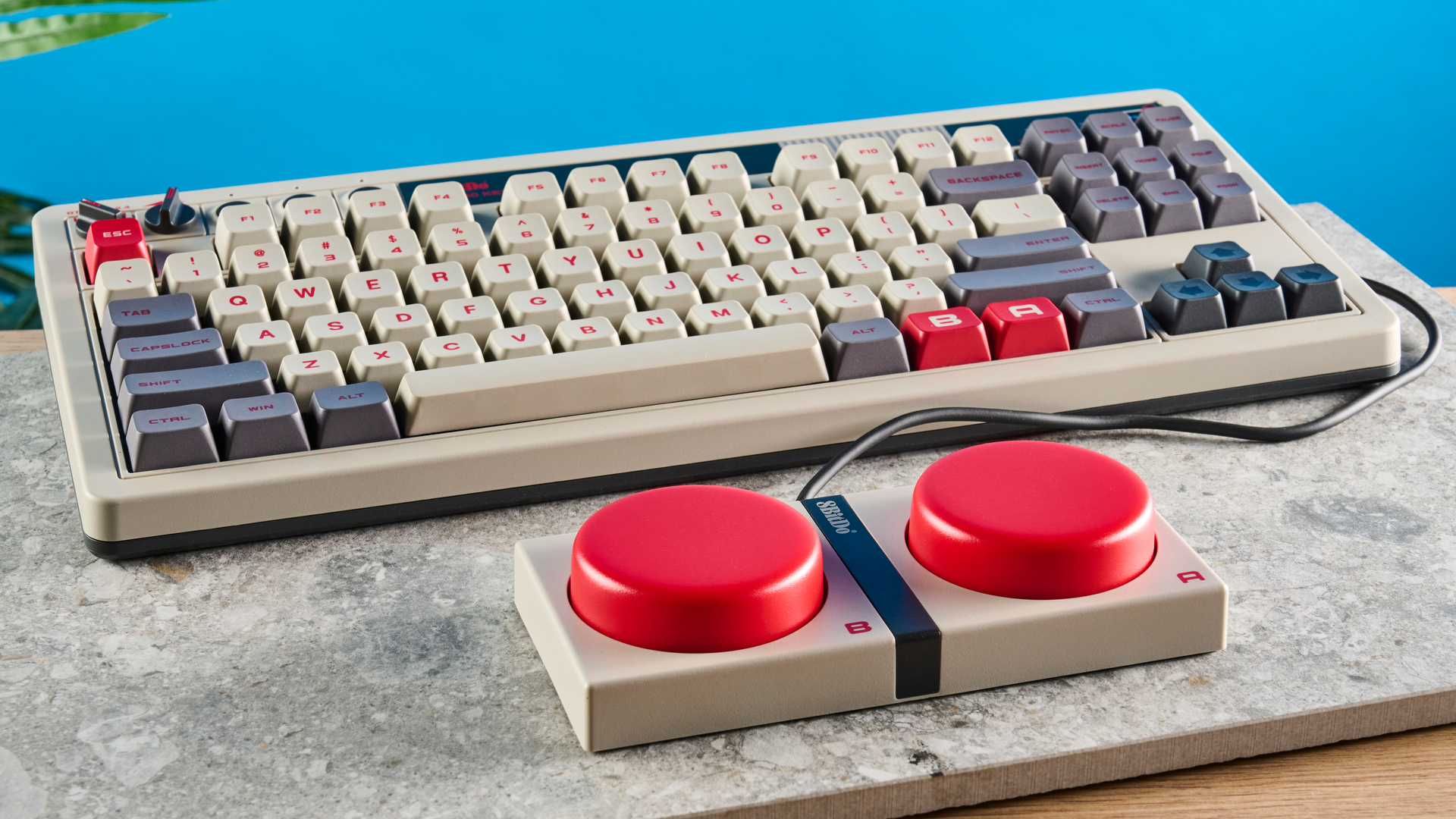
Specifications
Reasons to buy
Reasons to avoid
Miss the old-school look of keyboards but want the feel of a modern deck? Lo and behold, the 8BitDo Retro Mechanical Keyboard is here to please, and it's one of the best mechanical keyboards out there.
The 8BitDo Retro Mechanical Keyboard is a very (easily) loveable keyboard, and it’s ideal for those who want the perfect blend of nostalgia and modernity. The keyboard is built really well and is fully hot-swappable, and it looks awesome. Its dye-sublimated PBT keycaps and stock smooth Kailh Box V2 White switches make typing a joy. What’s more, it comes with Dual Super Buttons, which you can record macros, thereby helping you be more productive.
Better yet, it comes with a sub-$100 price. It also comes with Dual Super Buttons that can be used for macros, but these are massive space stealers that may not get a lot of use. Otherwise, for a stellar typing experience with a retro feel, the 8BitDo Retro Mechanical Keyboard can do no wrong.
Read our full 8BitDo Retro Mechanical Keyboard review.
The best ergonomic wireless keyboard
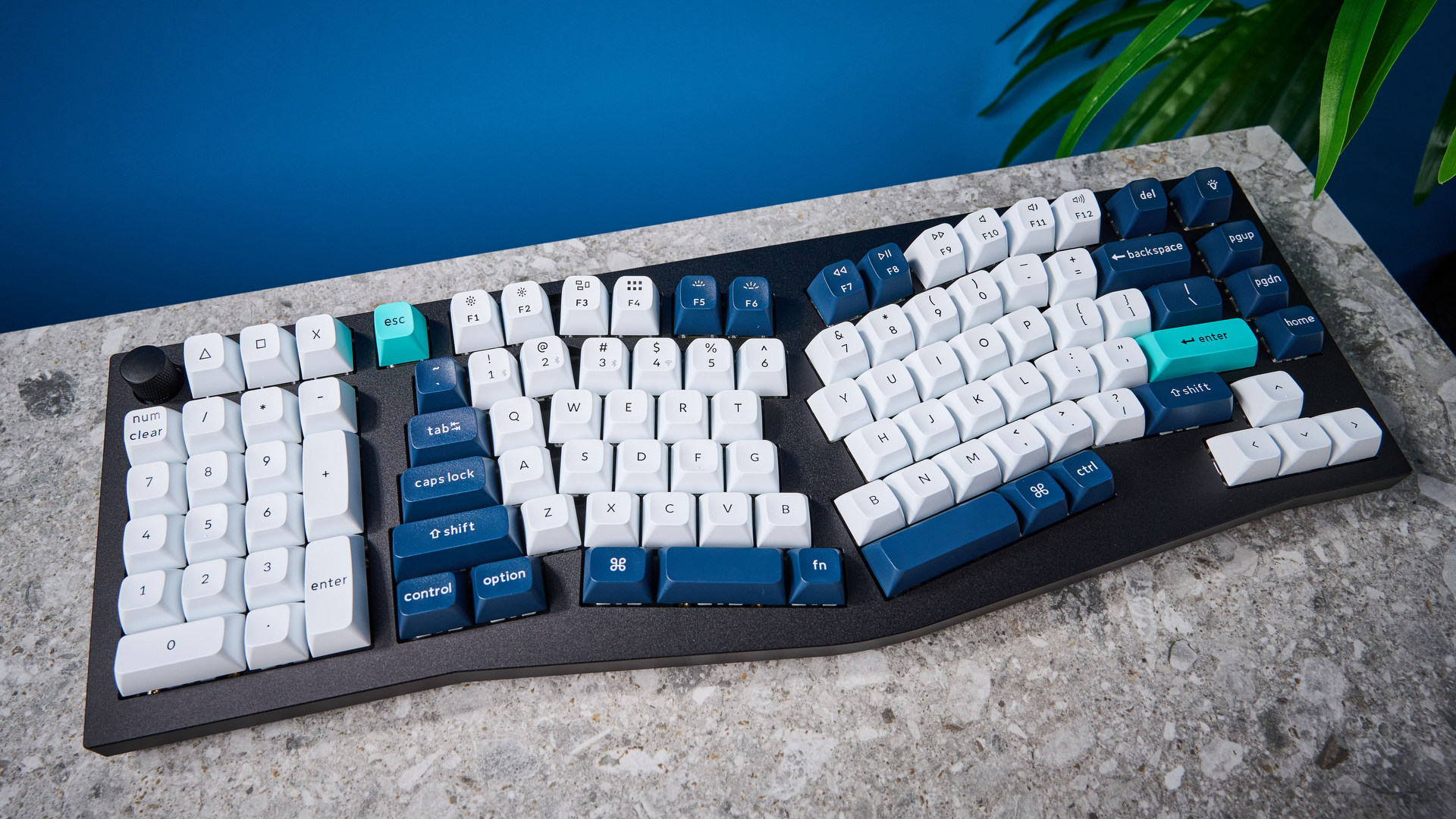
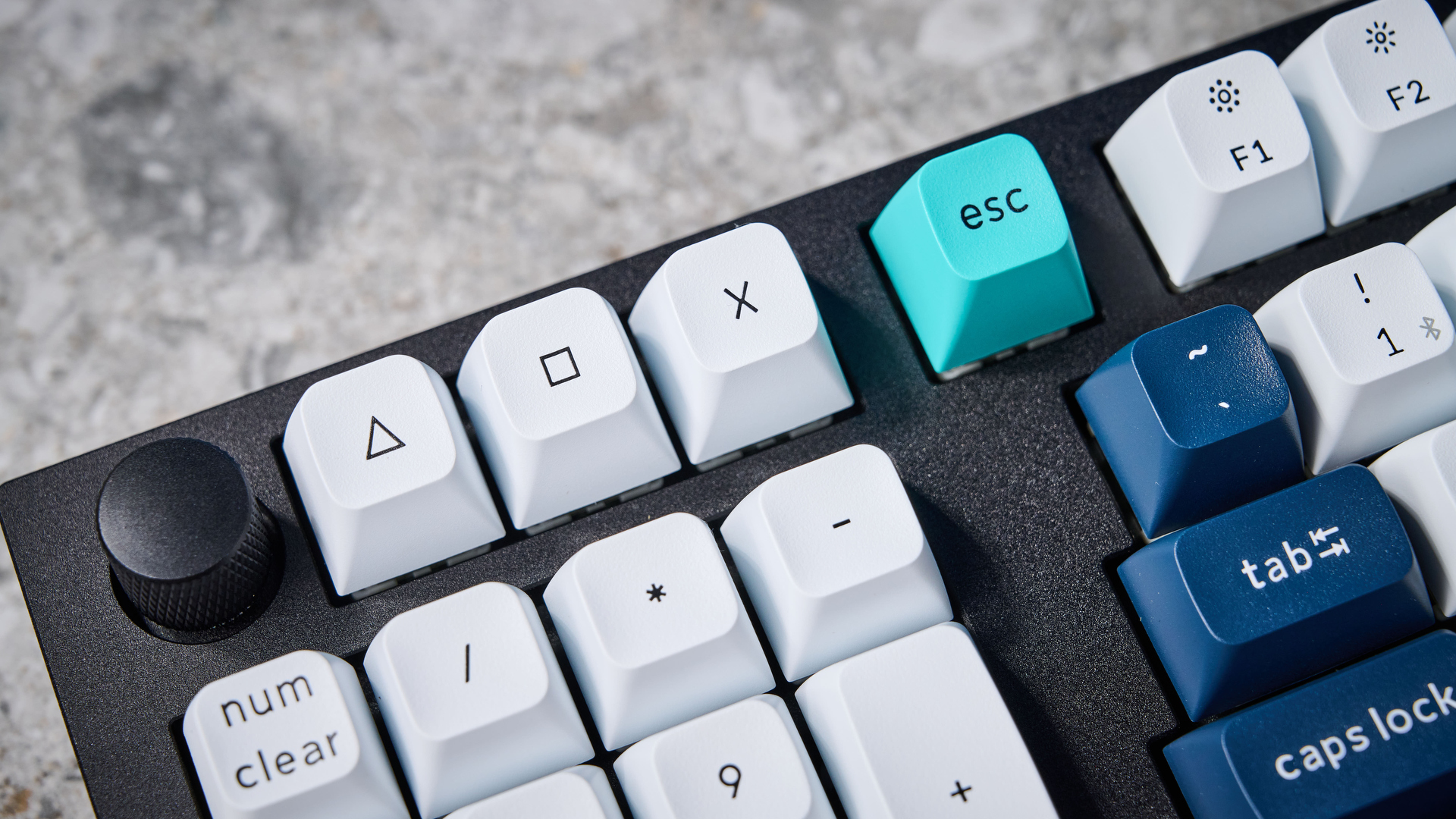
Specifications
Reasons to buy
Reasons to avoid
The Keychron Q14 Max is ideal for professionals and avid typists who prioritize ergonomics, premium construction and customization in a keyboard. If you spend long hours typing and are looking for comfort and aesthetic appeal, consider the Q14 Max.
The Q14 Max stands out due to its full CNC machined aluminum construction with a double-gasket design, which minimizes unwanted metallic sounds and pings, providing a more refined sound. The ergonomic Alice layout ensures comfort during extended use as it makes your wrists fall more naturally in place. Also, the southpaw design, which places the number pad on the left-hand side of the keyboard, ensures you have plenty of space for your mouse on the right-hand side and that righties can keep using their mouse while punching in numbers.
During testing, the Q14 Max provided an excellent typing experience, thanks to the Gateron banana tactile switches. However, if you don’t like the stock switches, the keyboard is hot-swappable and compatible with 3- and 5-pin switches. The split design also relieved stress in the wrists, forearms and shoulders, so we enjoyed using the keyboard without worrying about repetitive strain injuries (RSI).
The hefty $209 price tag and 5.4lbs weight are downsides, but neither are heavy enough to be considered as serious drawbacks. For serious typists seeking precision, comfort and premium build quality, the Q14 Max is worth the investment, despite its high price and heavy build.
Read our full Keychron Q14 Max review.
The best compact wireless keyboard
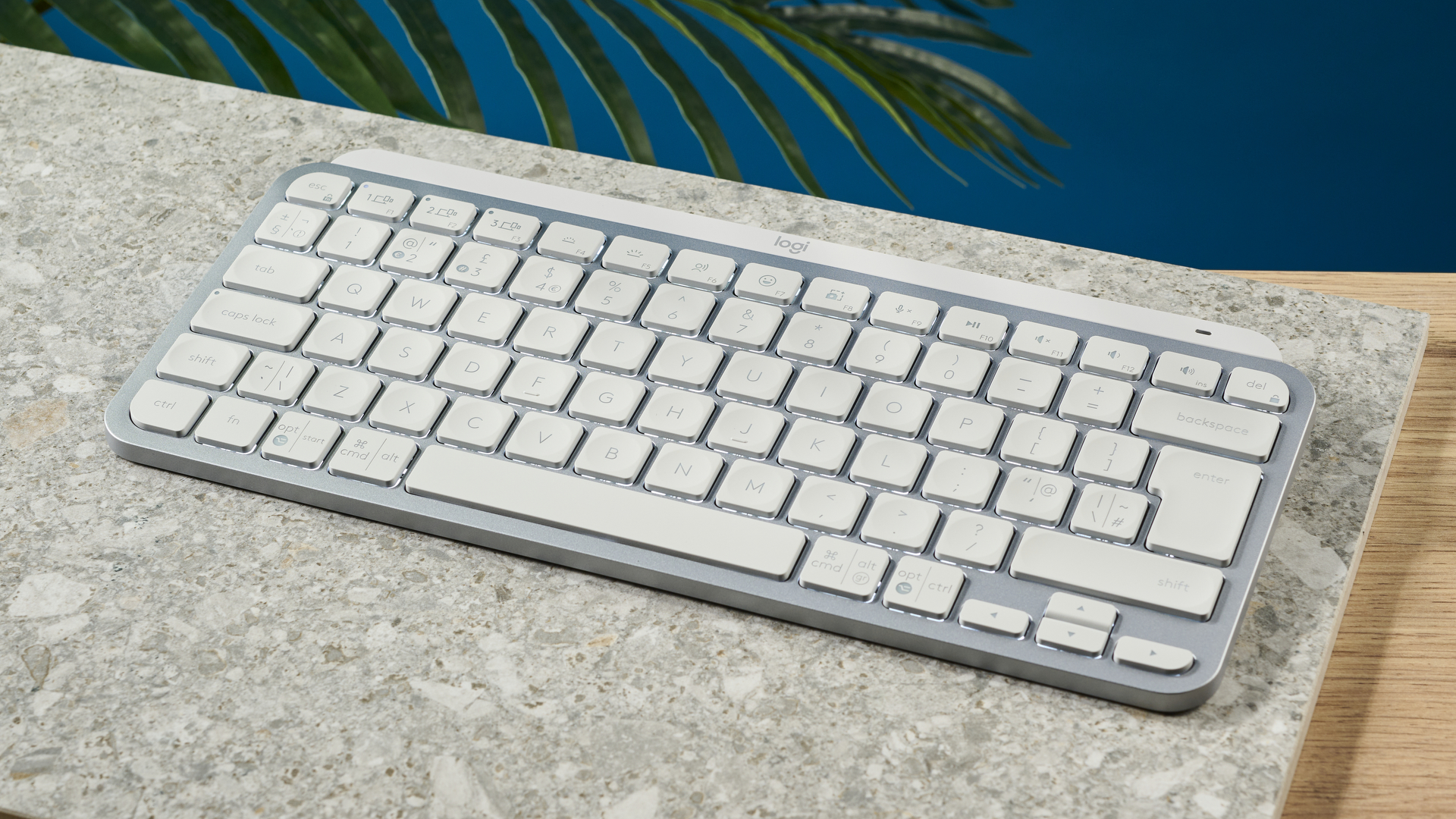
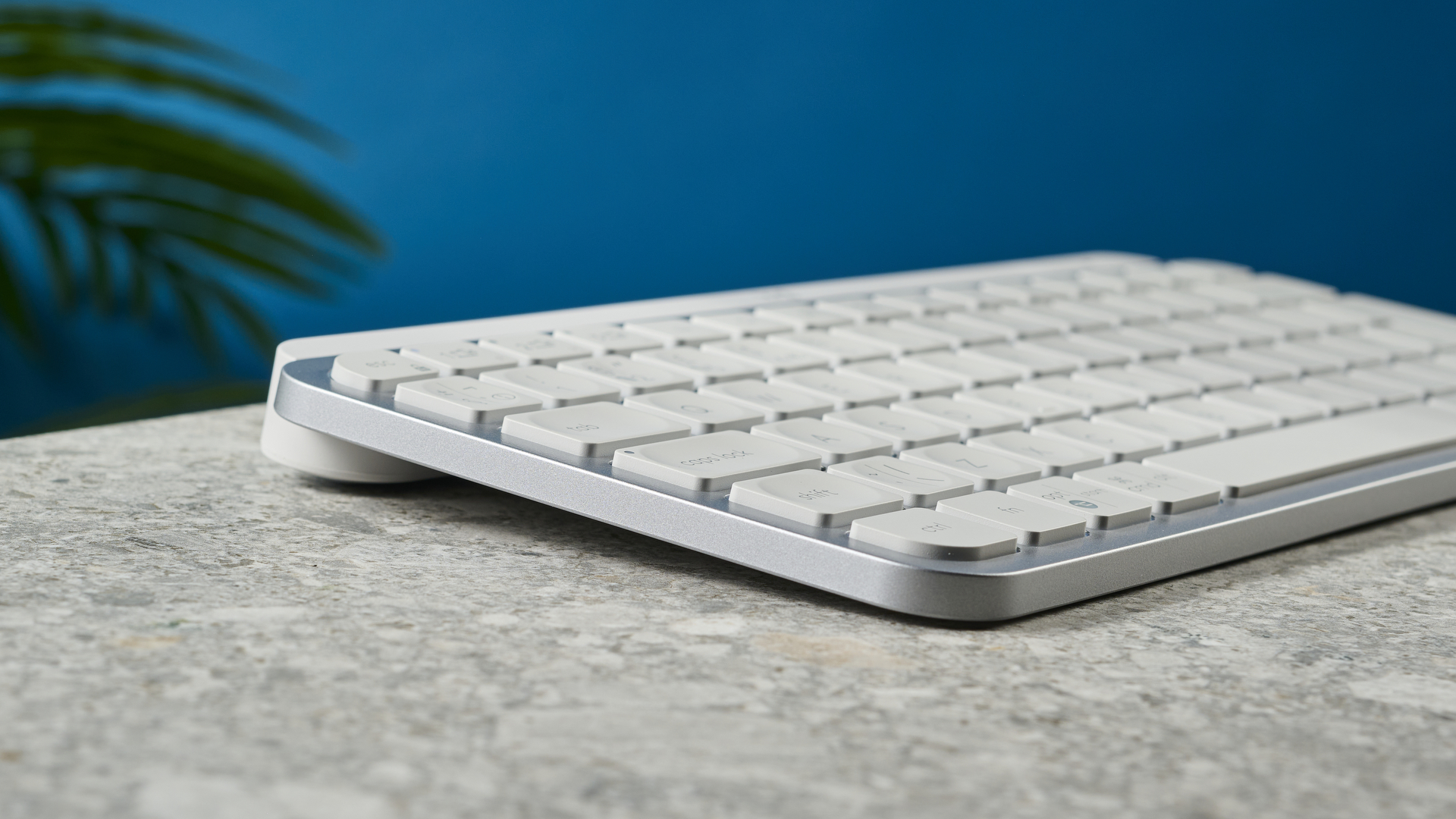
Specifications
Reasons to buy
Reasons to avoid
The Logitech MX Keys Mini is as nimble as they come, weighing in at under 18 ounces and 12 inches. This little productivity weapon is designed for fast typing, and boy does it deliver, thanks to its super low profile concave keycaps. It’s built well, features strong battery life and is easy to hook up. What’s more, it comes with dual labeled keycaps for macOS and Windows — a boon for anyone that switches between the two regularly.
All that said, this is a pricey board for what it is. You can get awesome mechanical 75% boards for similar money that offer more features and more customization. It also features a couple of annoying quirks, including Bluetooth keys that completely knock out important macOS functions, and a backlight that turns itself off.
Read our full Logitech MX Keys Mini review.
How to choose the best wireless keyboard
It can be tricky to find the best wireless keyboard for your needs. Whether you want a peripheral to work or game on, price, size and what switch types a board supports should also be considered before you take the plunge on a device your fingers will probably be typing away on every day.
That's why we’ve broken down and explained the key factors you should consider before buying your next wireless keyboard below.
- Working vs gaming: which is your main priority? Will you primarily be typing on a keyboard for work? Or are you going to be putting those WASD keys through their paces in your favorite PC games? Read our best keyboards guide if you want the finest peripherals to type on for productivity tasks, while check out our picks of the best gaming keyboards if play is the priority.
- Mechanical or membrane? This comes down to type feel and noise. Mechanical keyboards have individual switches under each key, providing a satisfying click with each press, akin to using a typewriter. Membrane boards normally use silicon switches, which mean they offer less travel distance when typing and are far quieter than their mechanical alternatives.
- What size do you need? Most of us are used to full-sized keyboards, which have separate number pads. But if you want something a bit smaller, consider getting a tenkeyless wireless keyboard, which forgo separate number pads. Smaller form 70% and 60% "mini keyboards" are becoming increasingly popular, so if you don't have much desk space, they're definitely worth considering.
- What kind of switches do you want? If you go the mechanical wireless keyboard route, you need to consider the type of switches you desire. There are lots of options to choose from when it comes to mechanical switches, but they generally vary in two big ways: how noisy they are, and when they register a keypress. Once you know whether you want quiet vs noisy and linear vs tactile, you'll have narrowed your options down from dozens to a handful.
- How much should you spend? A good wireless keyboard will likely cost you between $50 to $200. While the latter price might seem high for a keyboard, remember that you're paying for quality: A $20 to $30 membrane keyboard from a trusted manufacturer, like Logitech or Dell, will work well enough, but it won't be nearly as comfortable (or last as long) as a high-quality wireless board.
- Do you need a hot-swappable keyboard? If you’re a casual PC user, no. Hot-swappable boards let you replace the switches beneath your keycaps, giving you the option of clickier key presses. Hot-swappable keyboards are primarily aimed at hardcore PC players, so if you just need a good wireless board for work, the simple answer is no.
How we test wireless keyboards
To find the best, we run each keyboard we review through a variety of tests. The first, and most important, test is to play through a number of different games, and see how the keyboard holds up.
After that, we take a deep dive into a keyboard's software suite, evaluating how easy (or difficult) it is to reprogram keys, set up macros, adjust lighting and create profiles for games. Particularly intuitive software gets high marks; convoluted software can lose some points, even if it's very robust otherwise.
Finally, we make sure to use a keyboard for productivity and personal gaming for at least two or three days. Most of us don't swap keyboards in and out; what you use for general computing, you'll need to use for work and gaming as well. The better a keyboard is at everyday tasks, the better the recommendation we give it.
Sign up to get the BEST of Tom's Guide direct to your inbox.
Get instant access to breaking news, the hottest reviews, great deals and helpful tips.

Darragh is Tom’s Guide’s Computing Editor and is fascinated by all things bizarre in tech. His work can be seen in Laptop Mag, Mashable, Android Police, Shortlist Dubai, Proton, theBit.nz, ReviewsFire and more. When he's not checking out the latest devices and all things computing, he can be found going for dreaded long runs, watching terrible shark movies and trying to find time to game
